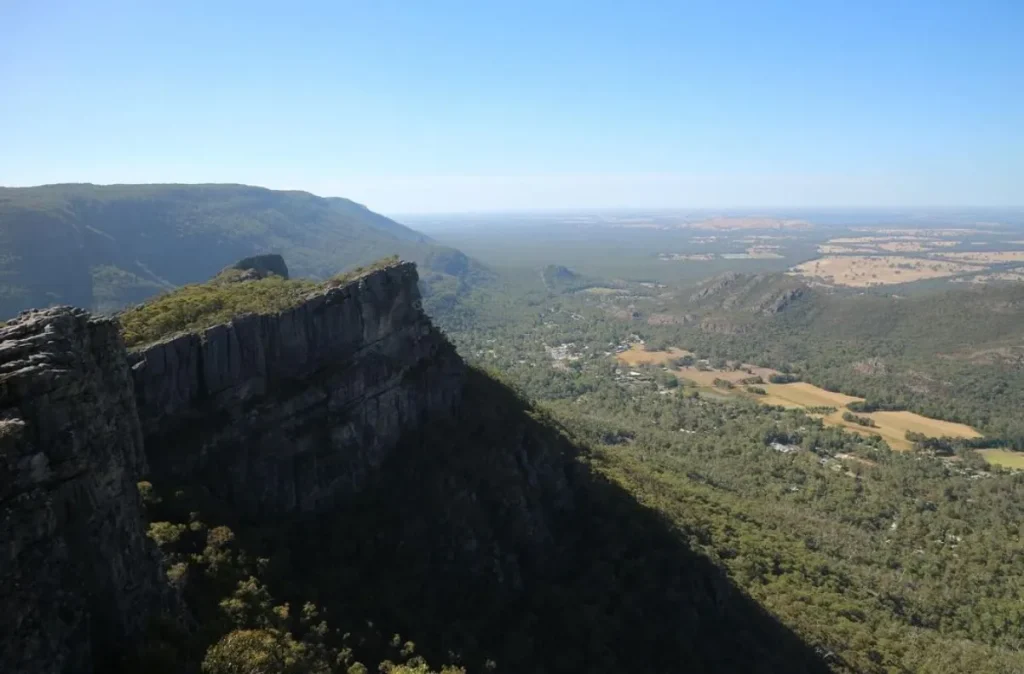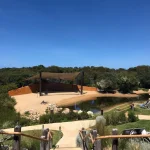Spring in the Grampians is a nature lover’s dream. As the region comes out of winter the park is a riot of colour with stunning spring wildflowers. With over 800 species of native plants including rare and endemic varieties the Grampians is one of Victoria’s top wildflower spots. From Boroka Lookout to MacKenzie Falls, Mount William to Silverband Falls this guide will take you to the best places to see it all in the most beautiful landscapes and rugged mountain ranges.
Halls Gap and Surrounds
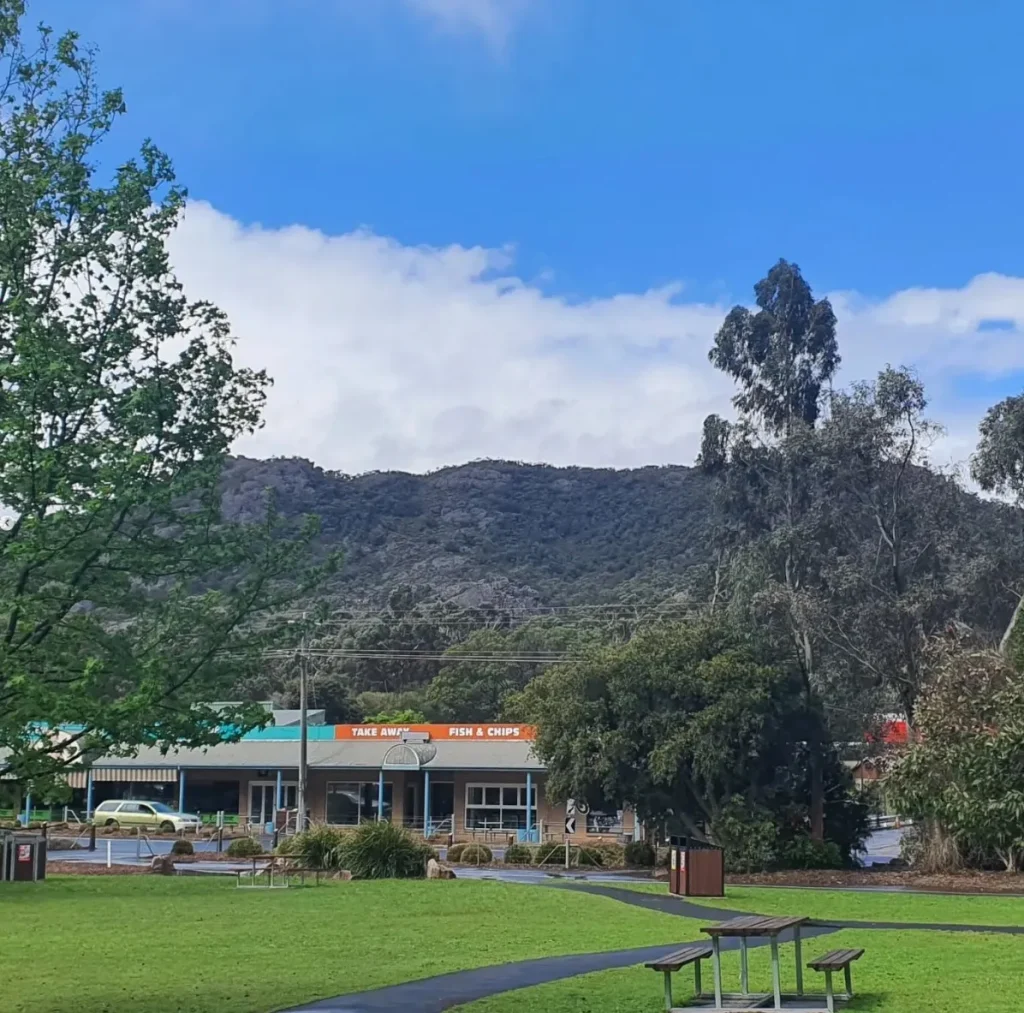
Halls Gap is the entrance to the Grampians and has the best access to some of the park’s most vibrant wildflower displays. This little country town is surrounded by lookouts, walking trails and panoramic views of the mountain ranges. It’s the perfect base to see the spring wildflower display in the area.
Venus Baths Walk
The Venus Baths Walk is a family friendly trail that starts in the heart of Halls Gap. The path follows the Stony Creek and winds its way to the natural rock pools of the Venus Baths. Along the way you’ll see native orchids, grevilleas and the stunning Grampians Boronia. This walk has great views and a lovely spot for a picnic surrounded by wildflowers.
Grampians Botanic Gardens

In Halls Gap is the Grampians Botanic Gardens a curated display of the region’s native plants. This is a great introduction to the many plants you’ll see throughout the park, with species like the Leopard Orchid and various Boronia on display. A good place to start if you want to learn more about the Grampians’ botanical diversity.
Mount William

Mount William the highest peak in the Grampians is famous for its views but also its wildflowers. The walking trail to the top is lined with native plants like bush peas, wattles and trigger plants. The alpine environment near the top means some species bloom later so there’s a longer wildflower season. Enjoy the views of the Victoria Valley and beyond as you hike to the top.
Heatherlie Quarry
History and nature combine at Heatherlie Quarry a former sandstone quarry surrounded by wildflowers. The walking trail here takes you through a beautiful arid landscape with native vegetation like hakeas, native grasses and various wildflowers. The contrast between the rocky sandstone ridges and the delicate wildflowers is stunning.
Boroka Lookout
Boroka Lookout is a must see if you want easy access to some of the best views in the Grampians. The lookout has great views over Halls Gap and Lake Wartook and in spring is surrounded by wildflowers. A great spot for photography with an amazing backdrop of the Grampians.
The Piccaninny
Near Dunkeld, The Piccaninny offers great views of the Grampians. This short walk has a variety of wildflowers including Grampians thryptomene and purple coral peas. The summit is a great spot for sunrise and sunset photography.
Mackenzie Falls
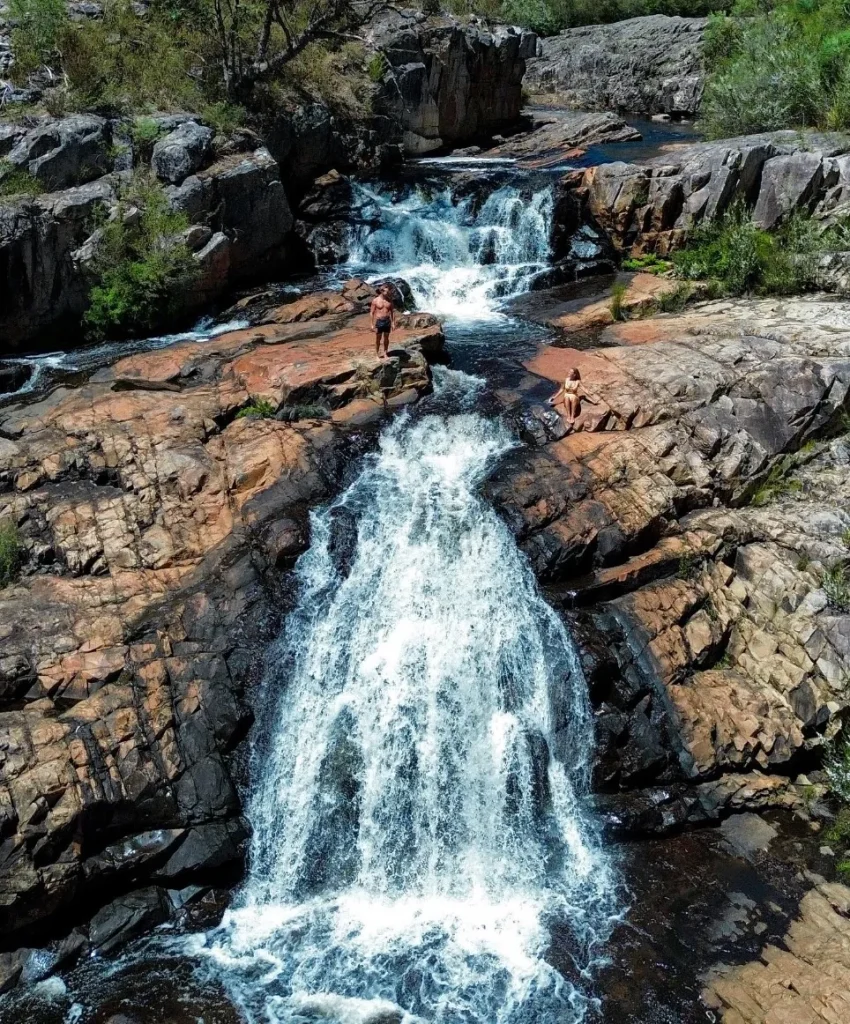
One of the most famous spots in the Grampians, MacKenzie Falls is surrounded by a garden in spring. The walk to the lookout and the more difficult walk to the base are both lined with wildflowers like native lilacs and bluebells. The waterfall and flowers make this a must do in spring.
Silverband Falls
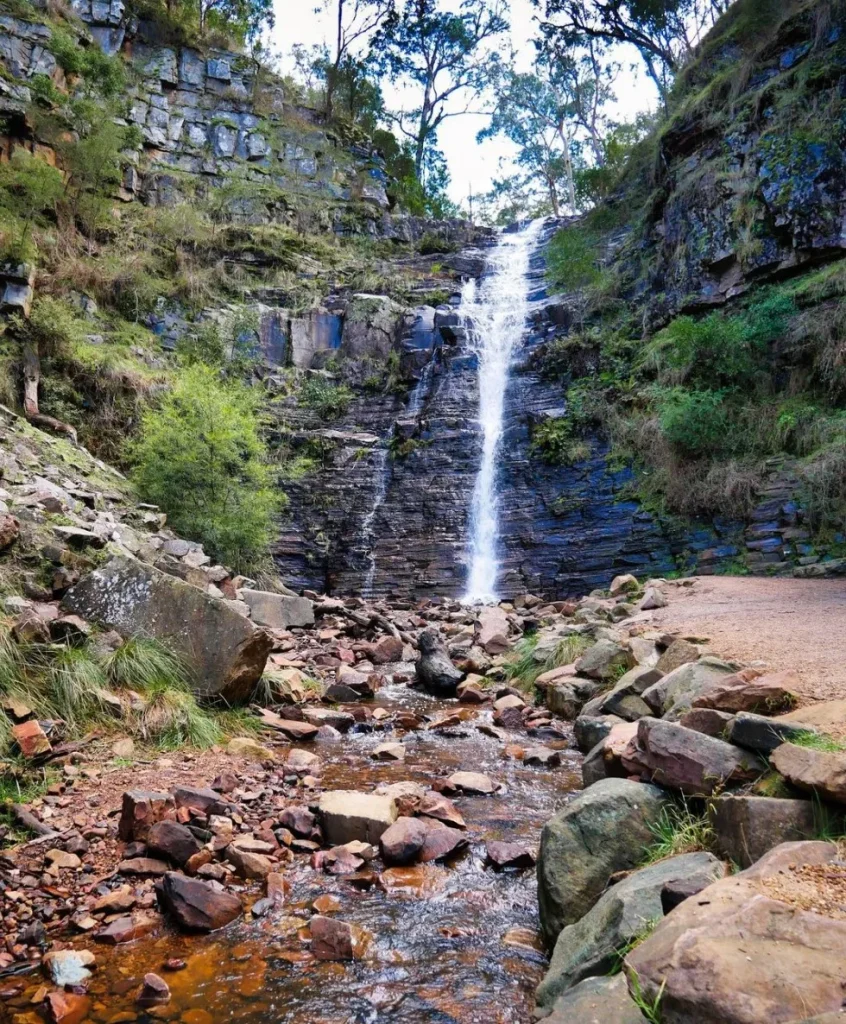
Silverband Falls is a peaceful oasis in the middle of the Grampians’ mountains. The walk to the falls is lined with native orchids and wildflowers, a beautiful bushwalk. The falls themselves are small but surrounded by native vegetation that flowers in spring.
Zumstein Picnic Area
Zumstein is a historic picnic area with great views and wildlife spotting opportunities. The area is covered in wildflowers in spring with spider orchids and Grampians rice flower being two of the highlights. The gentle walks around Zumstein are perfect for families to explore the area’s flora.
Wartook Valley
The Wartook Valley, northwest of the Grampians, has great views, peace and wildlife. In spring the valley is covered in wildflowers and you may see kangaroos and emus roaming through the flowers. It’s also a great spot for birdwatching with many species attracted to the flowers.
Reed Lookout and The Balconies
Reed Lookout and The Balconies have some of the best views in the park, over the Victoria Valley and the mountains. The short walk from Reed Lookout to The Balconies is lined with wildflowers including flame heath, banksias and various orchids. The views and flowers make this a must do.
Hollow Mountain and Mount Stapylton
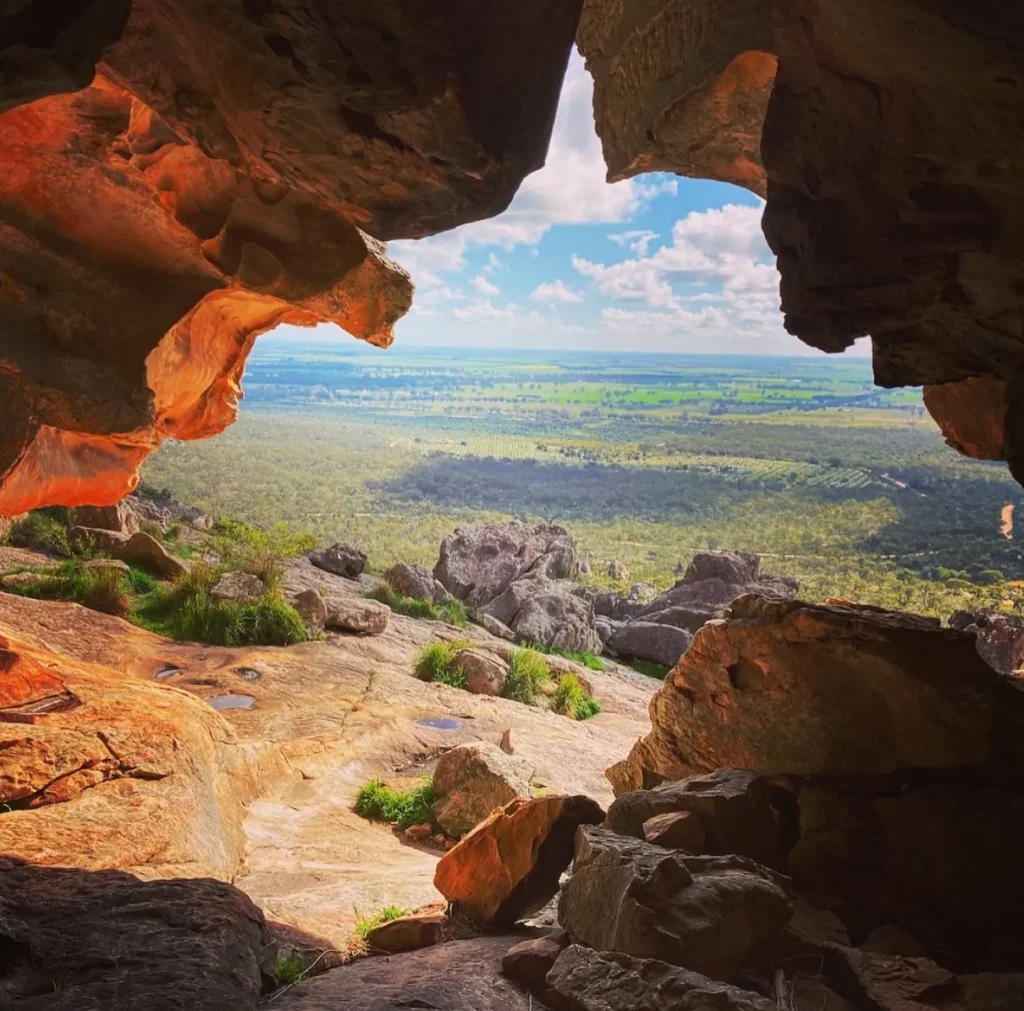
For a more challenging walk, Hollow Mountain and Mount Stapylton in the northern Grampians have tough climbs and wildflowers. The rocky terrain has native plants like the Leopard Orchid and Grampians Boronia. The summit has great views and is a great spot to see the wildflowers.
Red Rock Olive Groves
Just near Pomonal, Red Rock Olive Groves offers more than just a taste of local olive oil. The groves are also home to a mass of wildflowers in spring – sun orchids, grevilleas and yellow buttons. A visit here combines the best of nature and local produce, so it’s a must see on your wildflower tour.
One Tree Hill Lookout
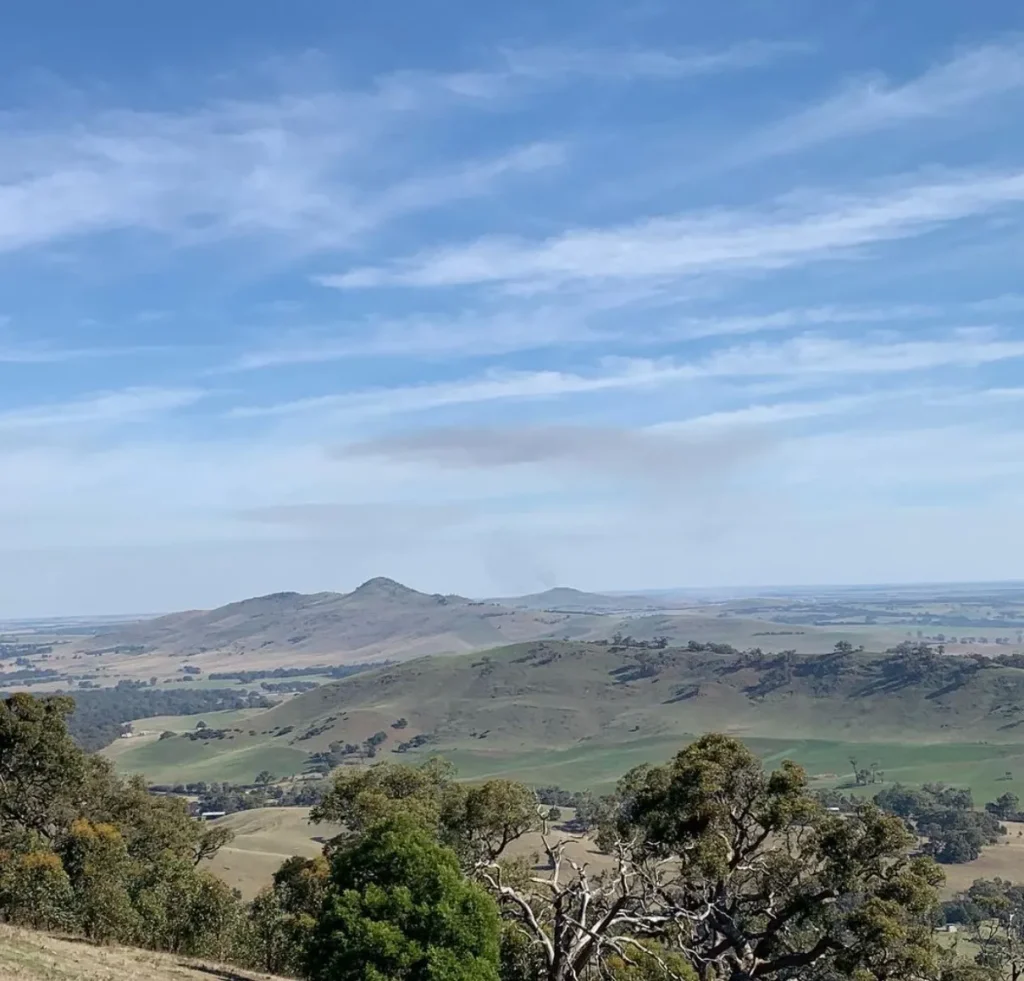
Just outside Ararat, One Tree Hill Lookout has stunning views of the plains and the Grampians in the distance. In spring the area around the lookout is a riot of wildflowers – yam daisies and milkmaids. Perfect spot for a sunset picnic surrounded by nature’s colours.
Beehive Falls
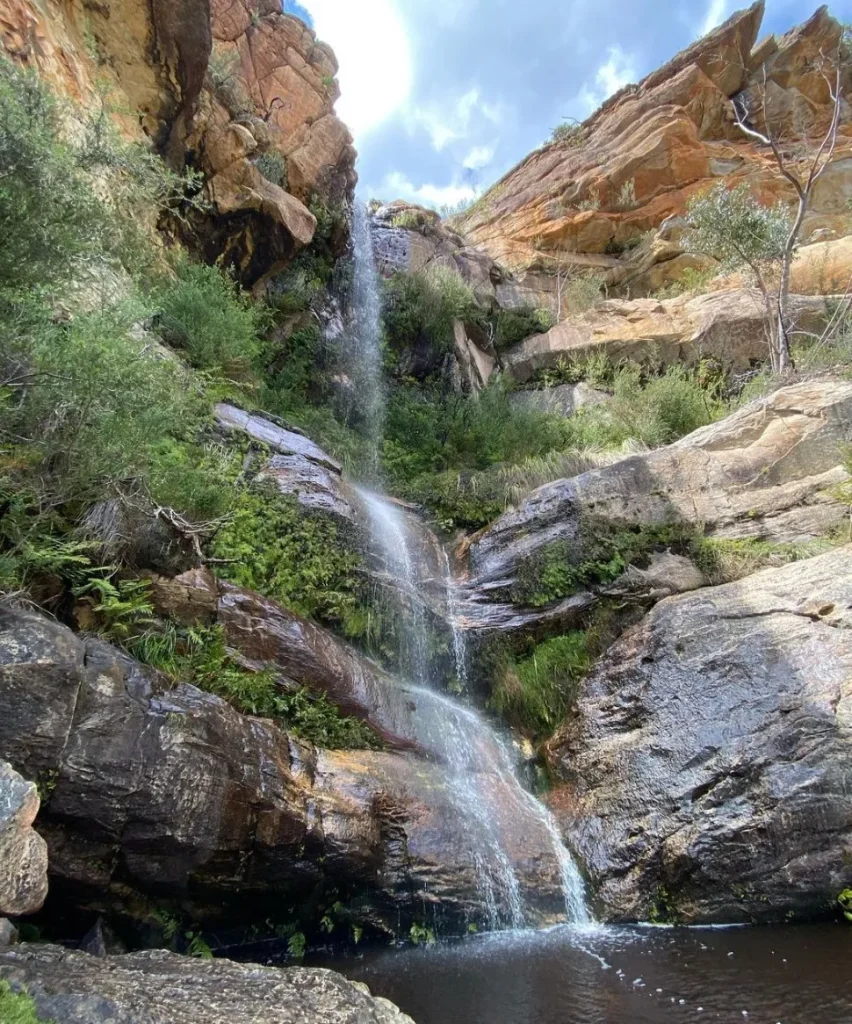
Beehive Falls is a hidden gem in the northern Grampians with a waterfall surrounded by native bush. The walking track to the falls is lined with wildflowers – bush peas and wattles. The peacefulness and wildlife make this a perfect spot to spend the day in nature.
Aboriginal Rock Art Sites
The Grampians has several significant Aboriginal rock art sites which give a glimpse into the rich cultural history of the Djab Wurrung and Indigenous people of the region. These sites – Boronia Peak Track and Wartook State Forest – are often surrounded by native plants and stunning views so are not only culturally important but also great places to visit during the spring wildflower season.
Conclusion
Spring is the time to get into the Grampians National Park and see the wildflowers. From the easy walks around Halls Gap to the big climbs of Mount Stapylton, there are many trails and lookouts to see great views and wildflowers. Whether you’re an experienced hiker or just looking for a family friendly day out, the Grampians in spring has something for everyone.
FAQs
When are the wildflowers in the Grampians National Park?
The wildflowers are best from late September to November. During this time the park is full of blooms at many locations.
Are there guided tours for wildflowers in the Grampians?
Yes, several Grampians tour operators, including the Grampians Peaks Walking Co, offer wildflower tours that will give you an insight into the region’s flora and fauna.
Can I camp near wildflowers in the Grampians?
Yes! There are several campgrounds like Borough Huts Campground and Plantation Campground near wildflower viewing areas. These are basic facilities and a great way to get amongst nature.
Are the wildflower trails easy for all fitness levels?
Many of the wildflower trails, around Halls Gap and Boroka Lookout, are easy for all fitness levels. But some trails, like Mount Stapylton and Mount William, are more challenging and require a good level of fitness.
What else can I see in the Grampians apart from wildflowers?
The Grampians has waterfalls, rock art, and native wildlife. MacKenzie Falls, Reed Lookout and Boronia Peak Track are a mix of natural and cultural attractions, so the Grampians has something for everyone.
